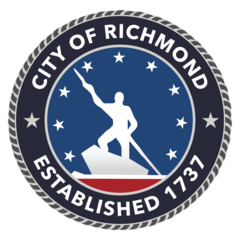Richmond Electric Vehicle and Electric Mobility Action Plan 2024
Review and Comment
Thanks to everyone's hard work and contributions, the draft EV action plan is complete! Please leave edits, comments and suggestions directly in the document by March 29th.

Comments
Close